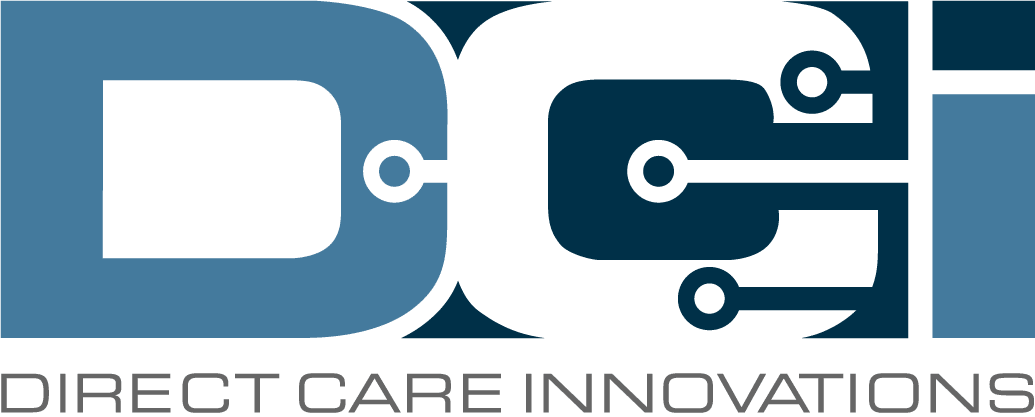March is National Developmental Disabilities Month
March is Developmental Disabilities Awareness Month—a campaign first created in 1989 as part of the deinstitutionalization movement of that time period. The goal of Developmental Disabilities Awareness Month is to educate the public on the specific needs of people with developmental or intellectual disabilities. Through community education of issues impacting those with intellectual and developmental disabilities, there is an increased awareness of the challenges and needs of these individuals.
Call for Inclusivity
At the inception of Developmental Disabilities Awareness Month, the goal was to replace the ideology that people with intellectual and developmental disabilities required long-term psychiatric stays. Through civil rights movements in the 1970s and 1980s, there was a demand for these individuals to be accepted into mainstream society. Today, the long-term goals for people with disabilities have expanded. People with and without disabilities need to have the means to live side by side and have access to the same opportunities. When societal barriers are removed, the possibilities for individuals with disabilities to have fulfilled lives are placed within reach. For inclusion to work, there must be access for special needs individuals to special education, job placement services, and community support.
Advancements for the Movement
In recent years, there have been significant strides made to enrich the lives of those with developmental disabilities. With the help of organizations like the National Association of Councils on Developmental Disabilities and National Disabilities Rights Network, the public has become more aware of how to help people with disabilities in their communities. For special education, laws have been made to ensure students are taught in the least restrictive environment possible. Workplace discrimination laws protect individuals from not being employed due to their disabilities. Services are also available to help transition-age adults find training opportunities and gainful employment. Due to these changes, individuals with disabilities now have a choice when deciding their futures.
Independent living is also made possible through community efforts. Independent living is not necessarily defined as living on one’s own. Instead, independence is defined as allowing the individual to have opportunities to live just like everyone else. This may mean having a job, getting married, or having an active social life. Independence will mean something different for each person.
Inclusion is occurring more often in both school and the workplace. Inclusion classrooms are integrating students with disabilities with their peers without disabilities. Accommodations and modifications are provided to set up students for success within the inclusion classroom. Inclusion in the workplace has also made a significant amount of progress in recent years. Both employees and employers have benefited from workplace inclusion. The employee with disabilities can earn a fair wage, receive benefits, and gain a greater sense of self-worth. Employers create a diverse workplace to attract more talent, obtain dependable and motivated workers, and find higher levels of customer satisfaction.
A Brighter Future
Developmental Disabilities Awareness Month is a time to celebrate past successes and look to the future for even more improvements. Individuals with developmental disabilities are still subject to incidences of stereotyping. Furthermore, there is always a threat of funding cuts made to critical programs and services for individuals with disabilities. With continued education about issues affecting people with disabilities, positive advancements will continue in the industry.

